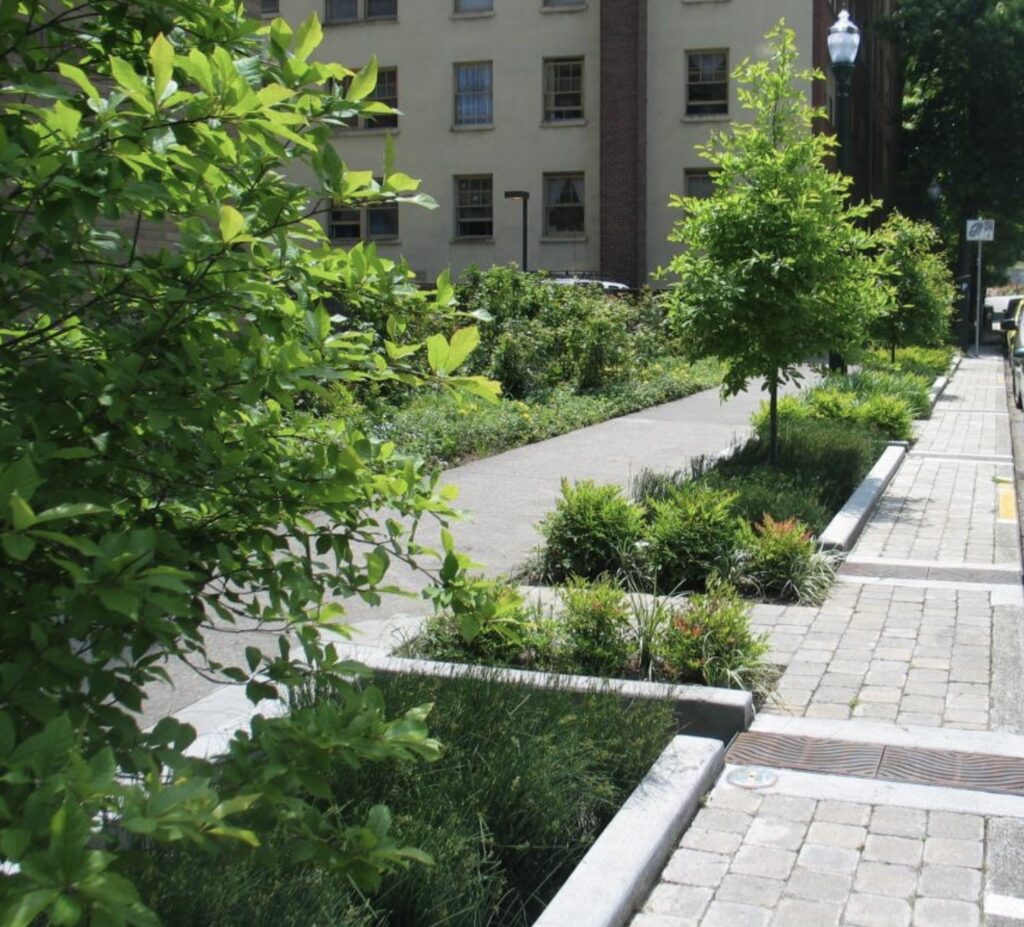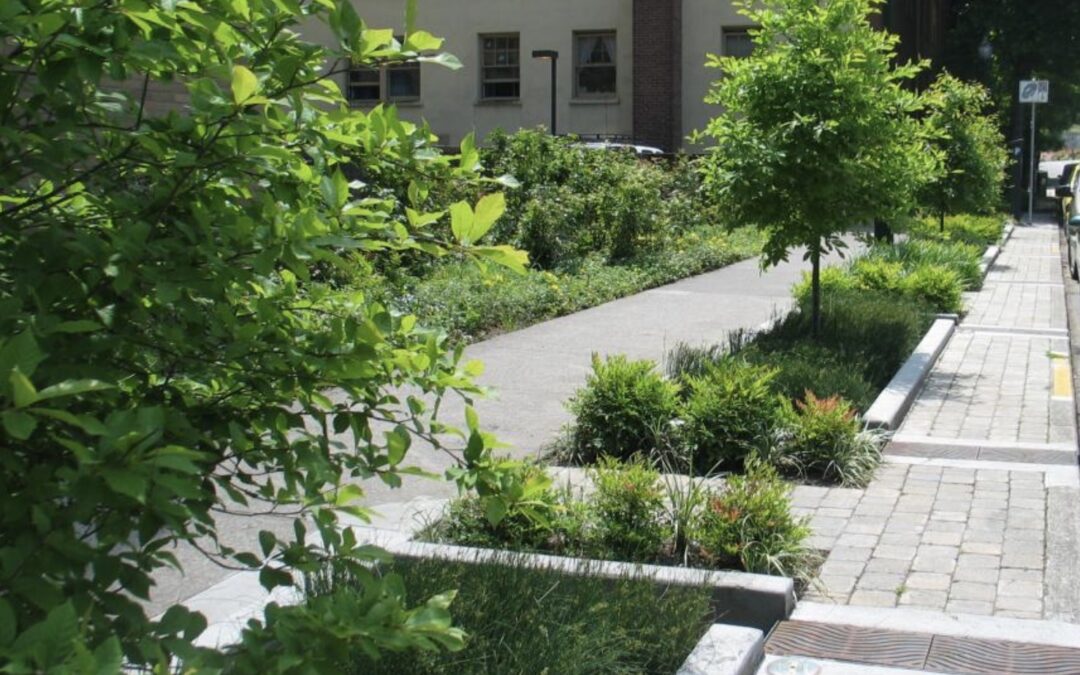(SACRAMENTO, Calif.) — AB 1572 has passed into California law, prohibiting the use of potable (non-recycled) water to irrigate decorative lawns on government and commercial properties, in common areas of homeowners associations (HOAs), and many other sites including libraries and schools.
Set to phase in over a period of six years, this law effectively bans ornamental lawns in California other than for single-family homes and so-called “functional” or non-ornamental turf such as sports fields and golf courses, picnic areas and playgrounds, pet runs and other gathering areas. The legislation is forward-thinking and climate-conscious. To outlaw the institutional ornamental lawn is to undertake a radical reshaping of the built landscape.

The first deadline for compliance is less than two years away, yet many people remain unaware. True, the law does not technically require the removal of turf, but no lawn can survive without water, so the choice then becomes either “dead turf” or “total landscaping change.”
A licensed and qualified design/build landscape contractor like Madroño can help land managers adapt to these new standards.
Government and Public Agencies — must comply by 2027:
- Government: City halls, municipal buildings, courthouses, and administrative offices.
- Public Transit: Bus stations, train stations, and maintenance facilities for public transportation.
- Healthcare: Public hospitals, clinics, and health departments.
- Utilities: Water treatment plants, power plants, and public works facilities.
- Public Safety Buildings: Police stations, fire stations, and emergency response centers.
- Public Schools and Universities: Including campuses, administrative buildings, and sports facilities.
- Parks and Recreation Areas: Public parks, playgrounds, sports fields, community centers, and nature reserves.
- Cultural Institutions: Public libraries, museums, art galleries, and historical landmarks.
Commercial, Industrial, and Institutional Properties — must comply by 2028
- Business: Business parks, plazas and individual business buildings.
- Private Schools and Universities: Educational campuses, administrative buildings, and student housing.
- Medical: Private hospitals, clinics, and specialized medical facilities.
- Religious: Churches, mosques, temples, synagogues, and other places of worship.
- Cultural: Private museums, art galleries, and theaters.
- Non-Profit Organizations: Headquarters and facilities of charities, foundations, and non-governmental organizations (NGOs)
- Research Institutes: Private research centers and laboratories not affiliated with government entities
- Corporate Training Centers: Facilities used for corporate training and development programs
- Private Retirement Homes and Nursing Homes: Residential facilities for seniors that are privately operated.
- Manufacturing and processing plants
- Warehouses and distribution centers
HOAs and Community Service Organizations — must comply by 2029
- Condominium associations
- Planned communities
- Common Interest Developments (CIDs)
- Boys and Girls‘ clubs
- YMCA/YWCA
Government buildings and public agencies in disadvantaged communities may defer compliance until 2031. A disadvantaged community is defined by an annual median household income of less than 80% of the statewide annual median household income.
According to Rebecca Pollon of California Landscape Consulting, properties will need to certify their compliance every three years. “Monitoring and enforcement likely will be the responsibility of the water district,” she says, “but that has not been fully determined.” Penalties are to be defined by the water district (still pending) and/or in accordance with California Water Code 1846, which allows fines of up to $10,000 a day or $2,500 per acre-foot of water.

Madroño president Geoffrey Coffey started the company in 2005 out of the back of a pickup truck. His garden column, “Locals Only”, first appeared in the San Francisco Chronicle in 2002. He lives in San Francisco with his wife and two children, where he also sings and thumps the bass for Rare Device.


